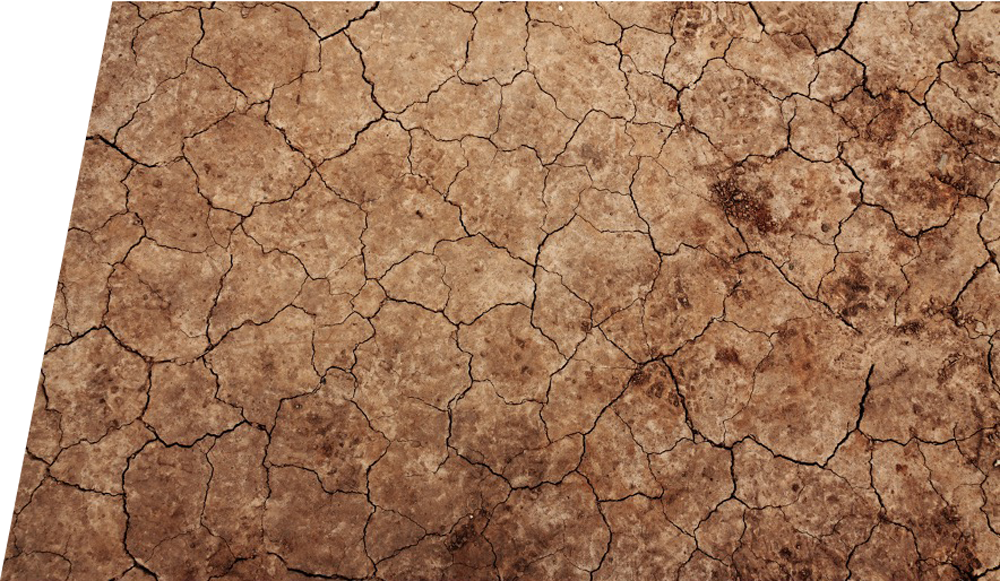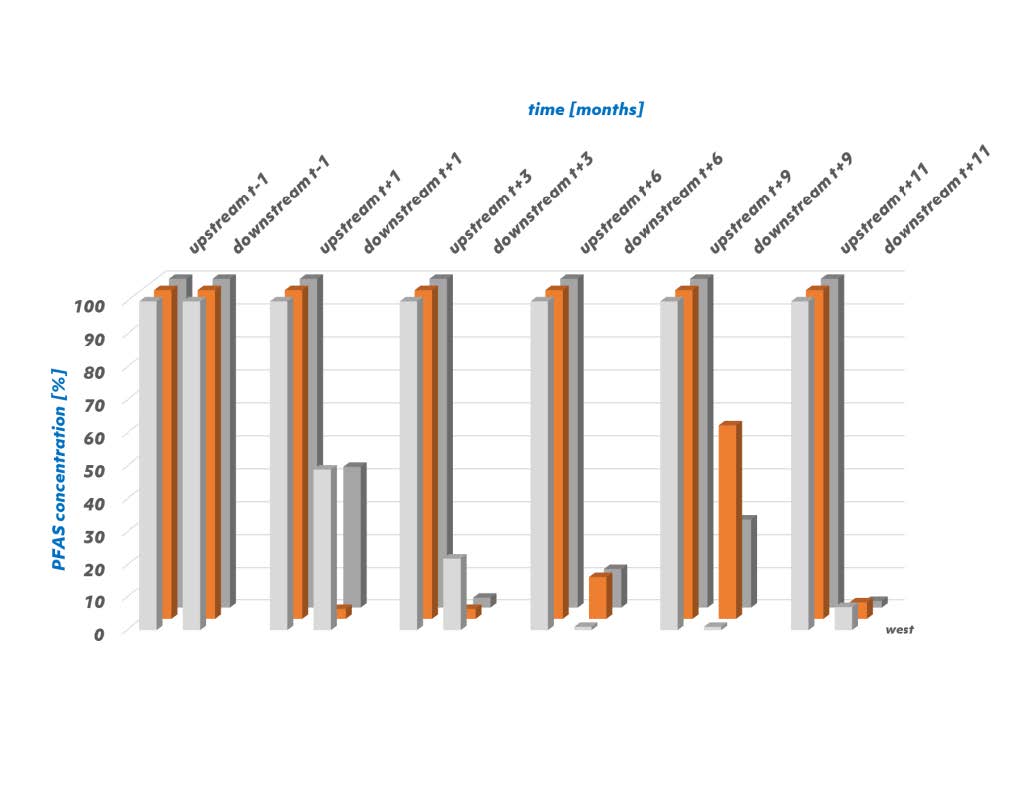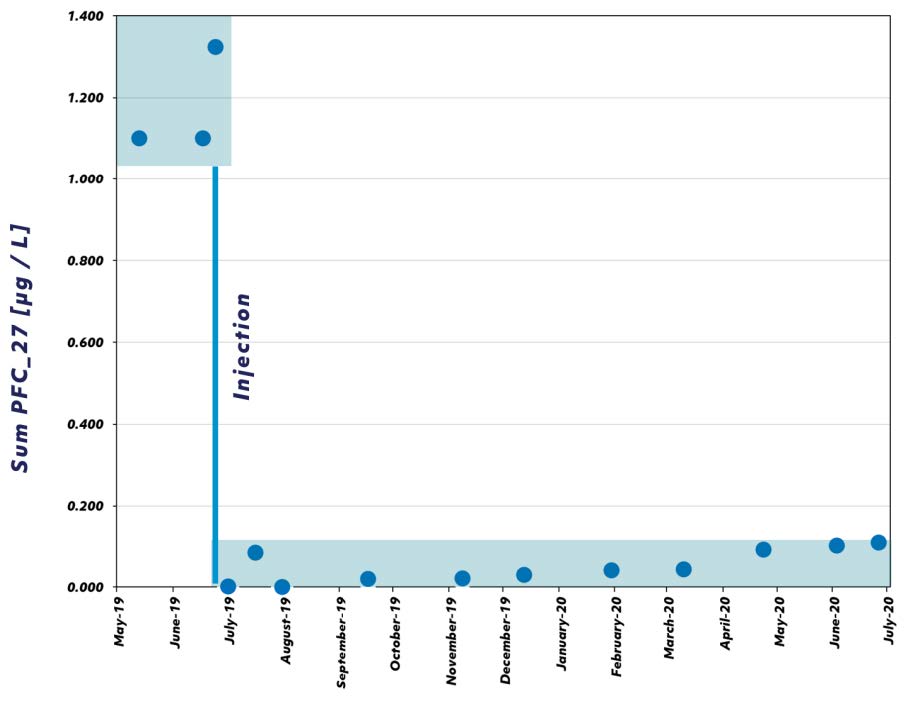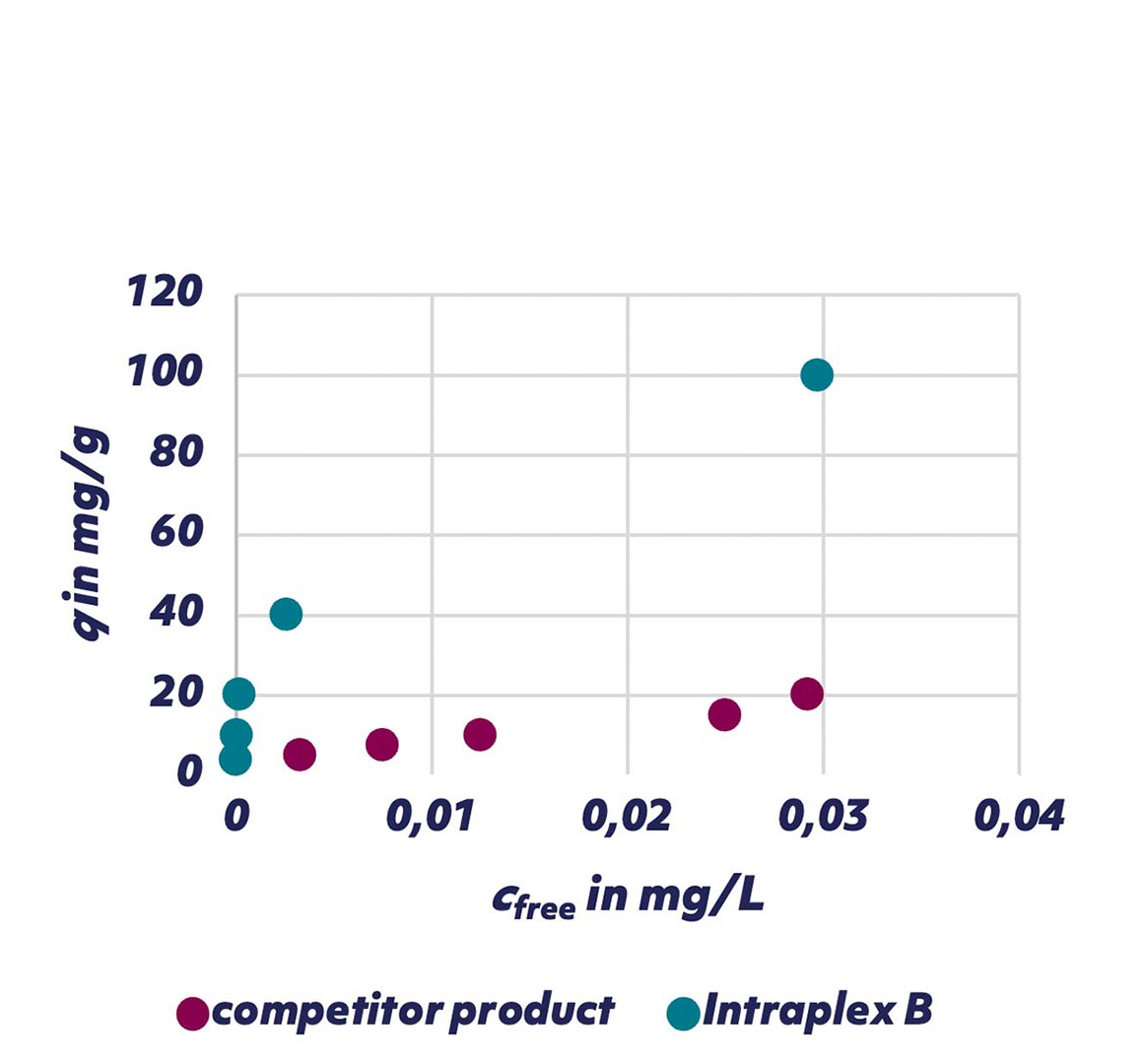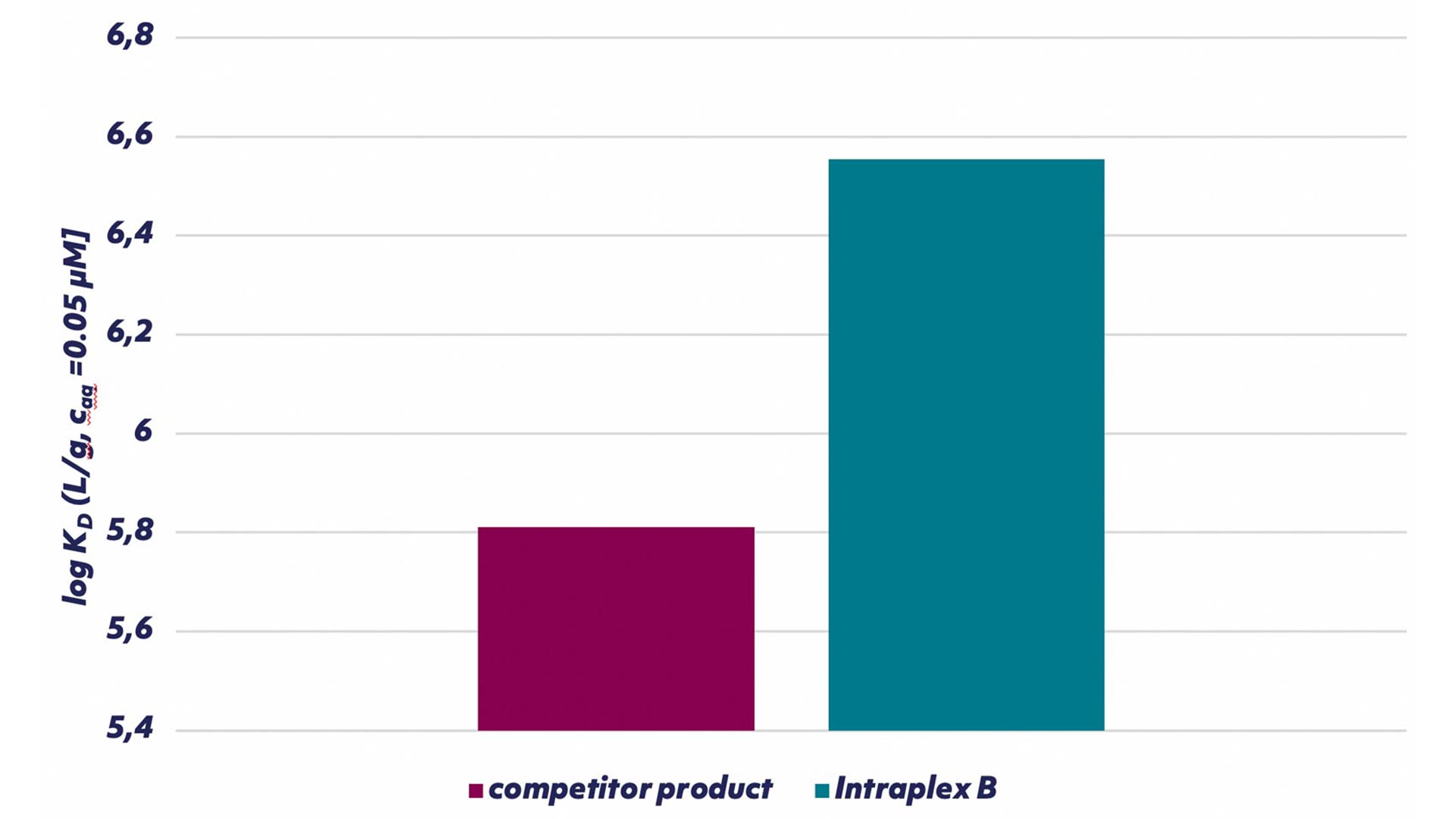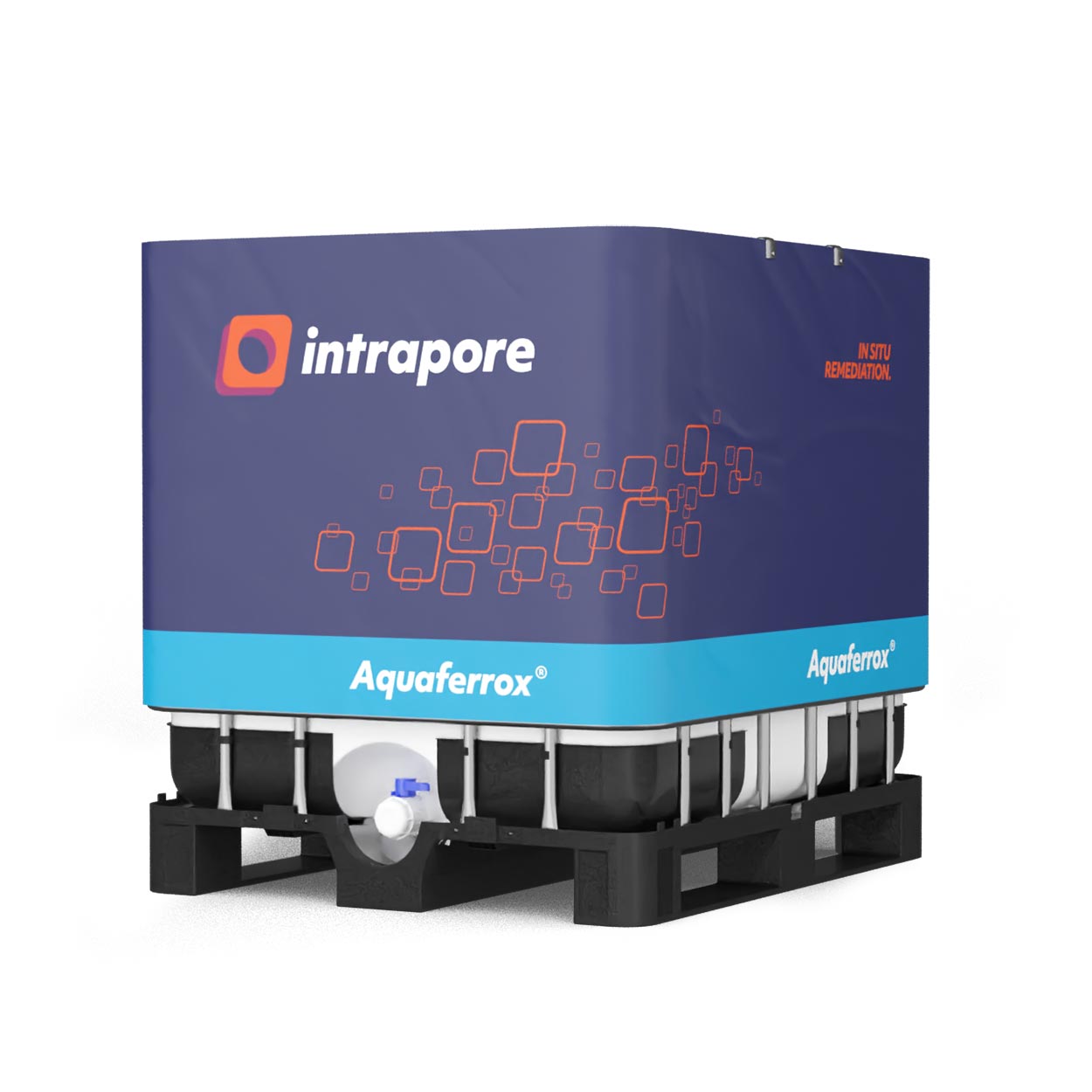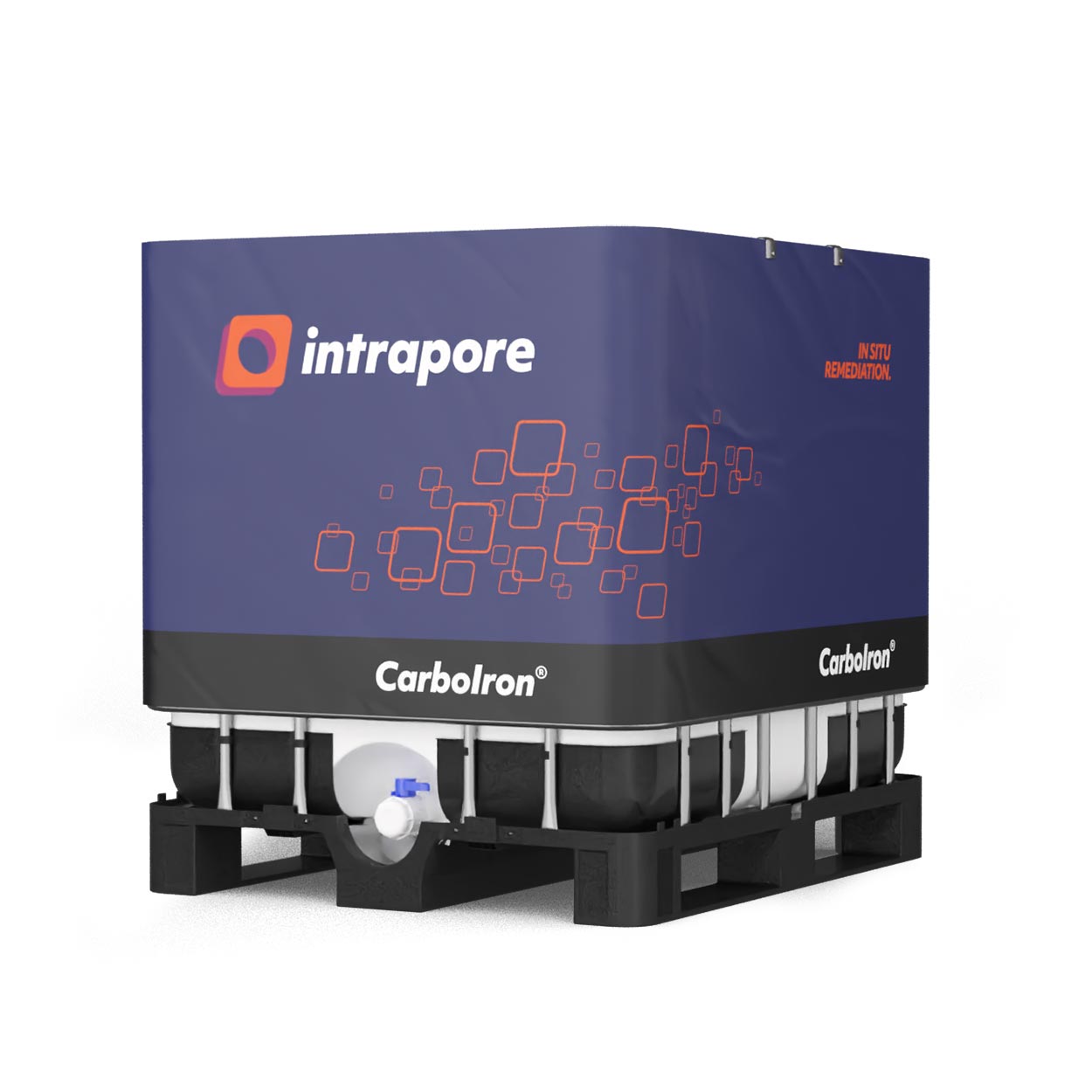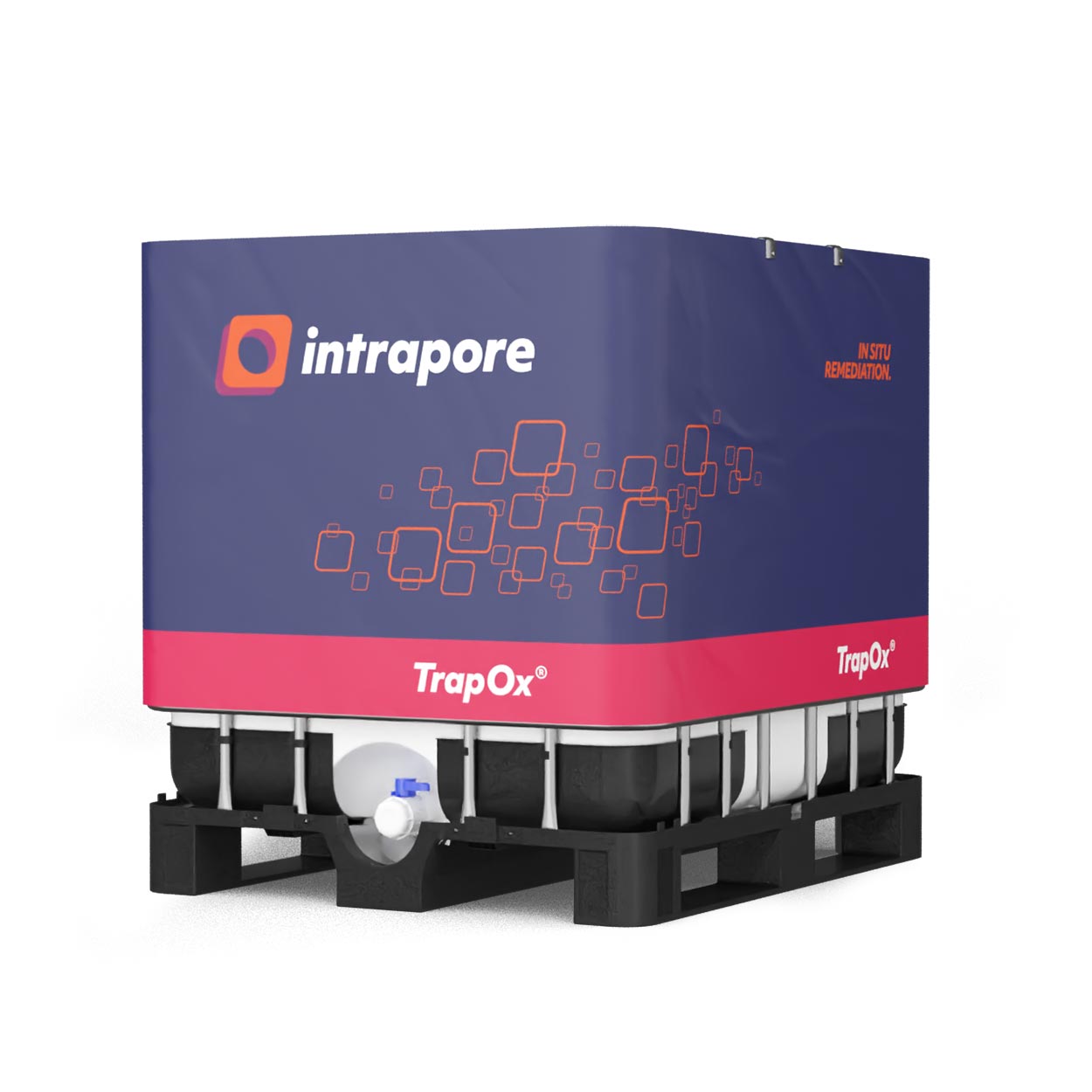About Intraplex®
Intraplex® enables the installation of highly efficient PFAS adsorption barriers within a few days, with up to 98% pollutant reduction and an adsorption life of the barrier of several decades. The costs for this can be up to 70% below the costs of conventional pump & treat systems.
- Rapid and sustained in situ PFAS immobilization.
- Superior adsorption capacity towards PFAS.
- Adsorption lifetimes of several decades.
- Optimal subsurface migration during injections.
- Independently scientifically validated
- Highest quality carbon.
- Certified for drinking water production.
- Ecotoxicologically safe.
- Field proven and made in Germany.

